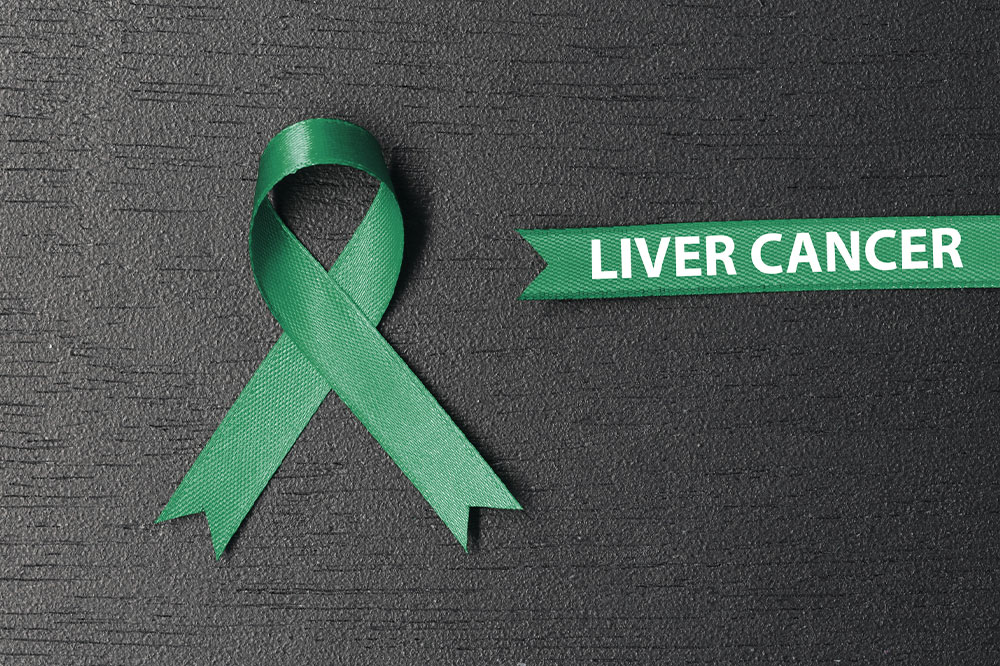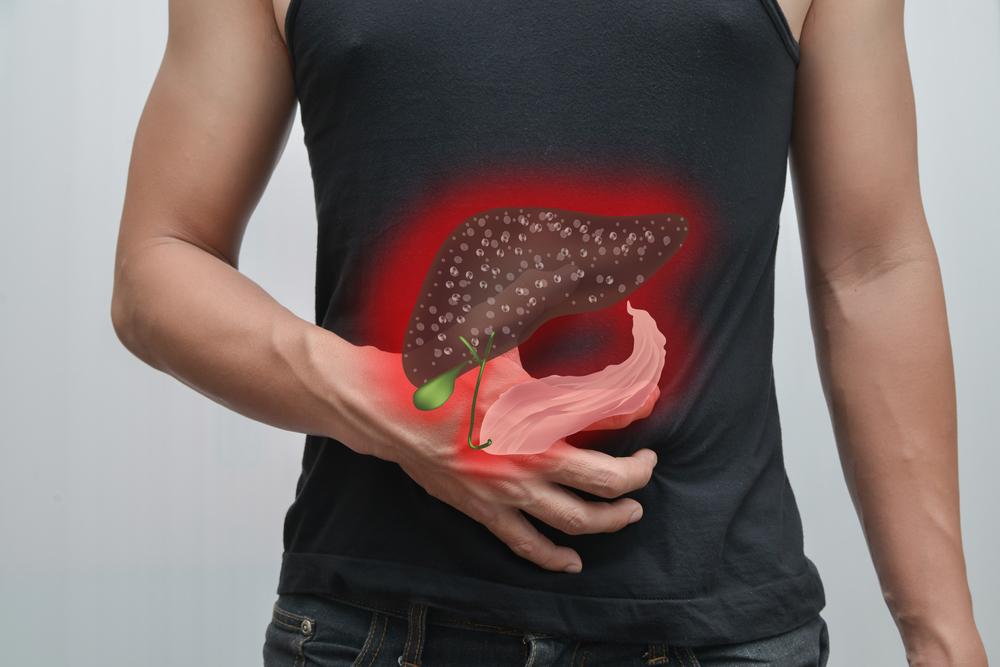Comprehensive Guide to Liver Cancer: Causes, Symptoms, and Modern Treatment Strategies
This comprehensive guide explores liver cancer’s causes, symptoms, diagnostic approaches, and the latest treatment strategies. It emphasizes early detection, risk factors, and advances in therapies such as surgery, transplantation, ablation, targeted drugs, and immunotherapy, offering valuable insights for patients and medical professionals aiming to improve outcomes and quality of life.

Comprehensive Guide to Liver Cancer: Causes, Symptoms, and Modern Treatment Strategies
Liver cancer, also known as hepatic malignancy, represents a serious health concern worldwide. It involves the uncontrolled growth of malignant cells within the liver tissue. These cancerous developments can take two forms: primary liver cancer, which originates within the liver itself, and secondary or metastatic liver cancer, which arises when cancer cells spread to the liver from other parts of the body. Understanding the differences between these types is crucial for diagnosis and treatment planning. The liver, being a vital organ responsible for detoxification, protein synthesis, and metabolic regulation, makes any impairment due to cancer a potentially life-threatening condition. Early detection remains a significant challenge, as initial symptoms are often vague or absent, leading to late-stage diagnoses that limit treatment options. This comprehensive guide will delve into the causes, symptoms, diagnostic methods, and the latest treatment options available for liver cancer, helping patients and caregivers better understand and manage this complex disease.
Understanding the risk factors associated with liver cancer is essential for prevention and early intervention. Key contributors include chronic alcohol consumption leading to liver cirrhosis, infection with hepatitis B and C viruses, exposure to aflatoxins and other environmental toxins, certain hereditary conditions, and metabolic disorders such as non-alcoholic fatty liver disease. These risk factors can significantly increase the likelihood of developing malignant transformations within liver cells. Recognizing early signs and symptoms is challenging, as they often mimic benign conditions. When symptoms do appear, they tend to be characteristic of advanced disease, including unexplained weight loss, persistent fatigue, abdominal discomfort, jaundice (yellowing of skin and eyes), dark urine, pale or chalky stools, and severe itching. These indicators underscore the importance of regular screening for high-risk groups.
Diagnosing liver cancer typically involves a combination of blood tests, imaging scans, and biopsy procedures. Blood markers such as alpha-fetoprotein (AFP) levels can provide clues to the presence of malignancy but are not definitive on their own. Imaging techniques like ultrasound, computed tomography (CT), magnetic resonance imaging (MRI), and angiography help visualize tumor size, location, and extent. Confirmatory diagnosis often requires a biopsy, where a tissue sample is examined histologically. Once diagnosed, the staging process determines the extent of disease spread, which is critical for selecting the most appropriate treatment approach.
Modern treatment options for liver cancer continue to evolve, offering hope for improved survival and quality of life. Surgical resection may be feasible for early-stage tumors confined to a portion of the liver and in patients with good liver function. Liver transplantation is an option for selected patients with small tumors who meet specific criteria, effectively removing both the tumor and the underlying diseased liver. For advanced cases or when surgery isn’t suitable, ablative therapies such as radiofrequency ablation (RFA), microwave ablation, and cryoablation can destroy tumor cells locally. Radiation therapy, including stereotactic body radiotherapy (SBRT), is used to target tumors precisely while sparing surrounding healthy tissue. Targeted therapies, like sorafenib and lenvatinib, inhibit tumor growth on a molecular level and are beneficial for advanced-stage disease. Immunotherapy is an emerging area showing promise in managing liver cancer, utilizing the body's immune system to combat cancer cells.
Prevention strategies are crucial in reducing liver cancer incidence. Vaccination against hepatitis B virus, antiviral treatments for hepatitis C, limiting alcohol consumption, avoiding exposure to known toxins, and regular screening in high-risk populations are effective measures. Lifestyle modifications such as maintaining a healthy weight, adopting a balanced diet, and abstaining from alcohol can help prevent liver cirrhosis and subsequent cancer development. Early detection remains the cornerstone of effective management, emphasizing the importance of awareness and regular medical checkups for individuals at increased risk. Advances in diagnostic imaging and minimally invasive treatments continue to improve prognoses for many patients diagnosed with liver malignancy, underscoring the importance of ongoing research and clinical innovation.





